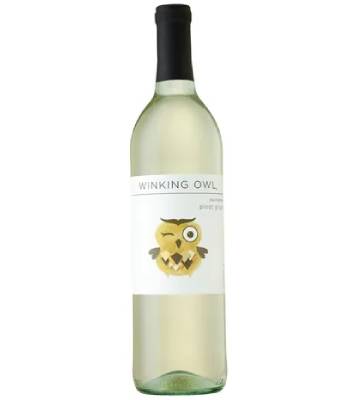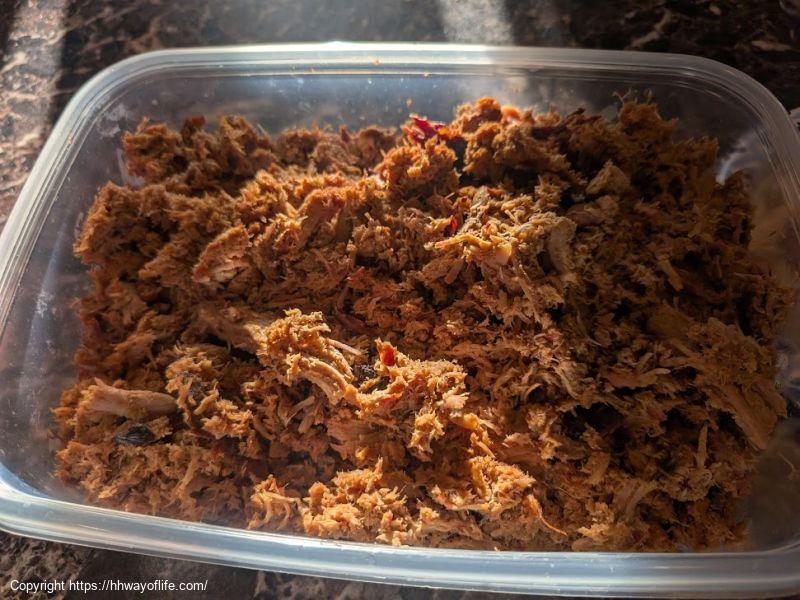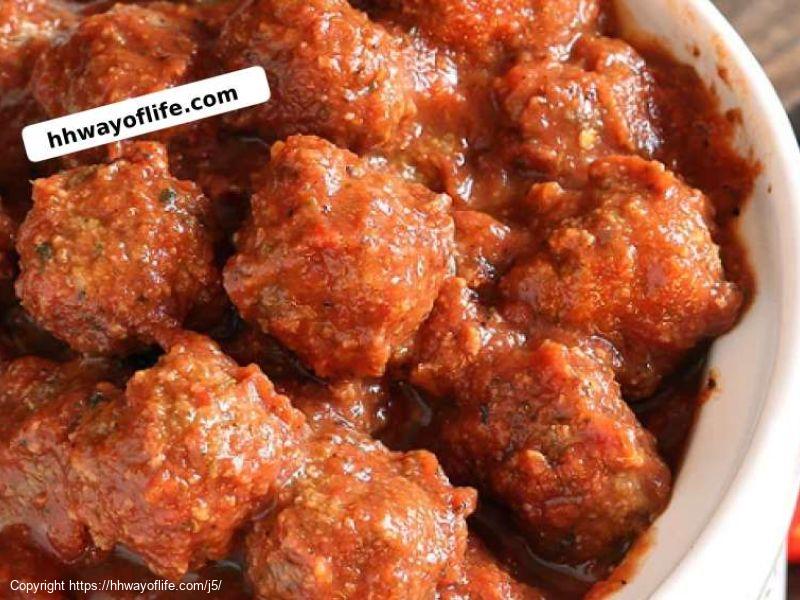Food Nutrition Facts
Nutrition Facts For
Wine - Pinot Grigio (White)
Portion Size: 1 glass (5 ounces)
| Nutrient | Value | % Daily Value* |
|---|---|---|
| 106.0 kcal | 5% | |
| 0.0 g | 0% | |
| 0.0 g | 0% | |
| 0.0 mg | 0% | |
| 4 mg | 0% | |
| 0.0 mg | 0% | |
| 0.6 g | ||
| 0.0 g | ||
| 0.8 g | ||
| 0.6 g | ||
| 0.1 g | ||
| White Wine |
*Daily value based on a 2,000 calorie diet. Your daily values may be higher or lower depending on your calorie needs and health goals.
Calculate your daily calorie needs here
Nutrition Facts For 1 glass (5 ounces) of Wine - Pinot Grigio (White)

Ensure that you count the carbs in white wine with your daily carb allowance.
Pinot Grigio, also known as Pinot Gris, is a white wine grape that's celebrated for its crispness and refreshing character. It's a versatile grape, capable of producing wines ranging from light and zesty to richer and more full-bodied, depending on the region and winemaking techniques. Common flavor profiles include citrus fruits like lemon and grapefruit, along with green apple, pear, and sometimes a subtle floral note. Often unoaked, Pinot Grigio emphasizes its bright acidity and clean flavors, making it a popular choice for casual enjoyment and pairing with a variety of foods.
The style of Pinot Grigio can vary significantly depending on where it's grown. In Italy, particularly in the northeastern regions, it's known for its crisp, dry, and often minerally-driven character. Across the border in France, where it's called Pinot Gris, the wines tend to be richer and more aromatic, with notes of honey, spice, and even a slight sweetness in some cases. Regardless of the style, Pinot Grigio's refreshing nature and food-friendly profile make it a popular choice for wine lovers seeking a versatile and enjoyable white wine.







